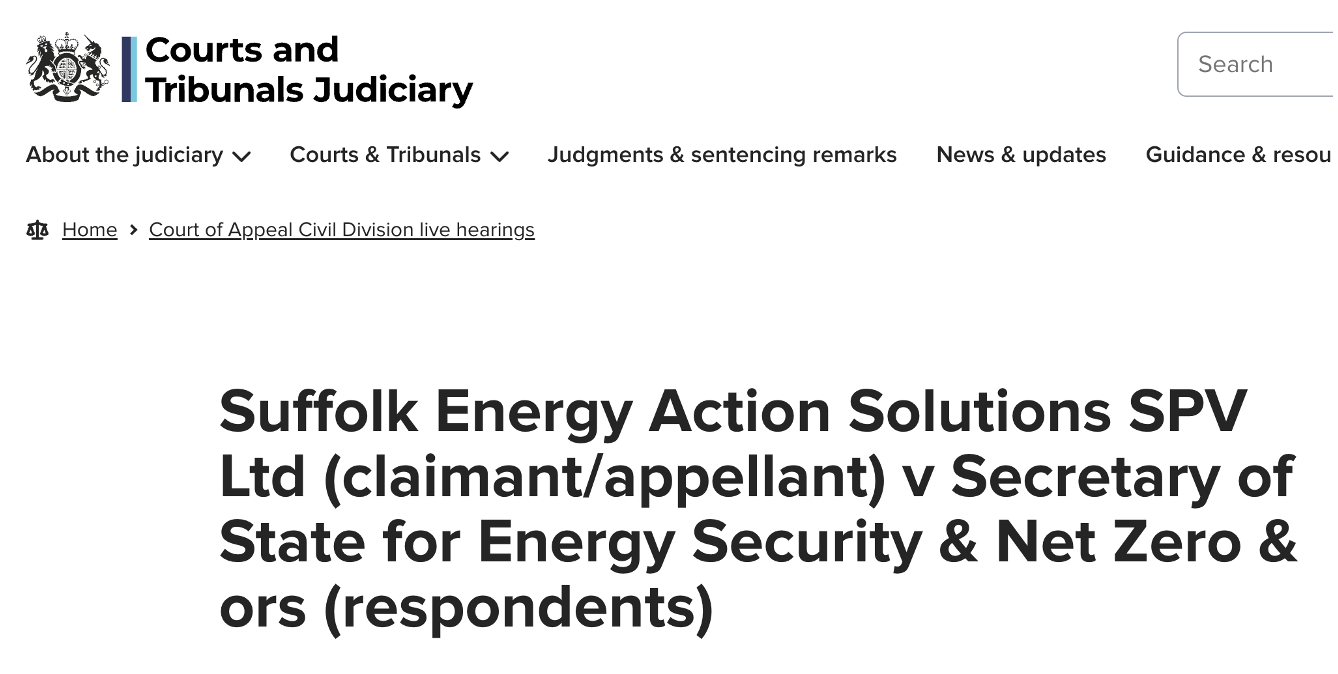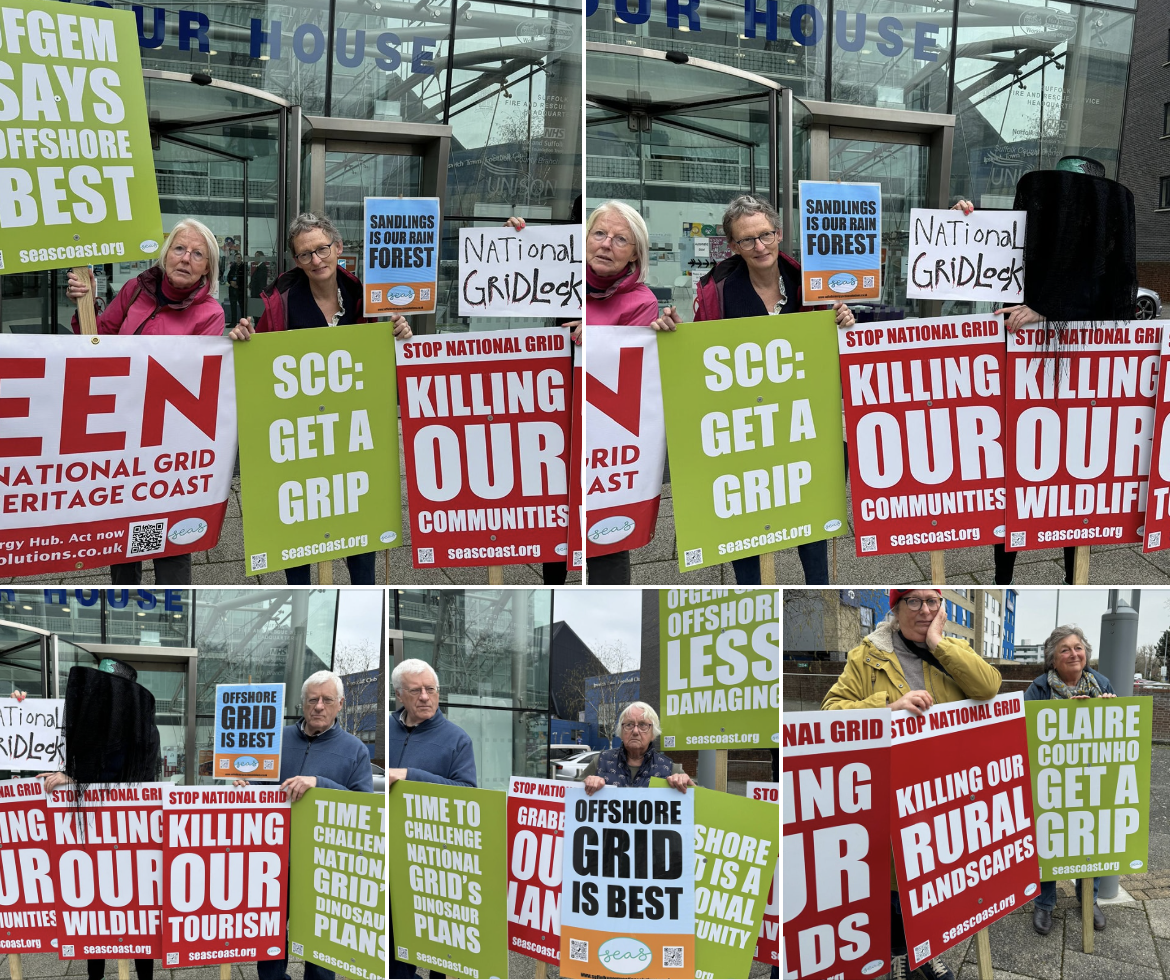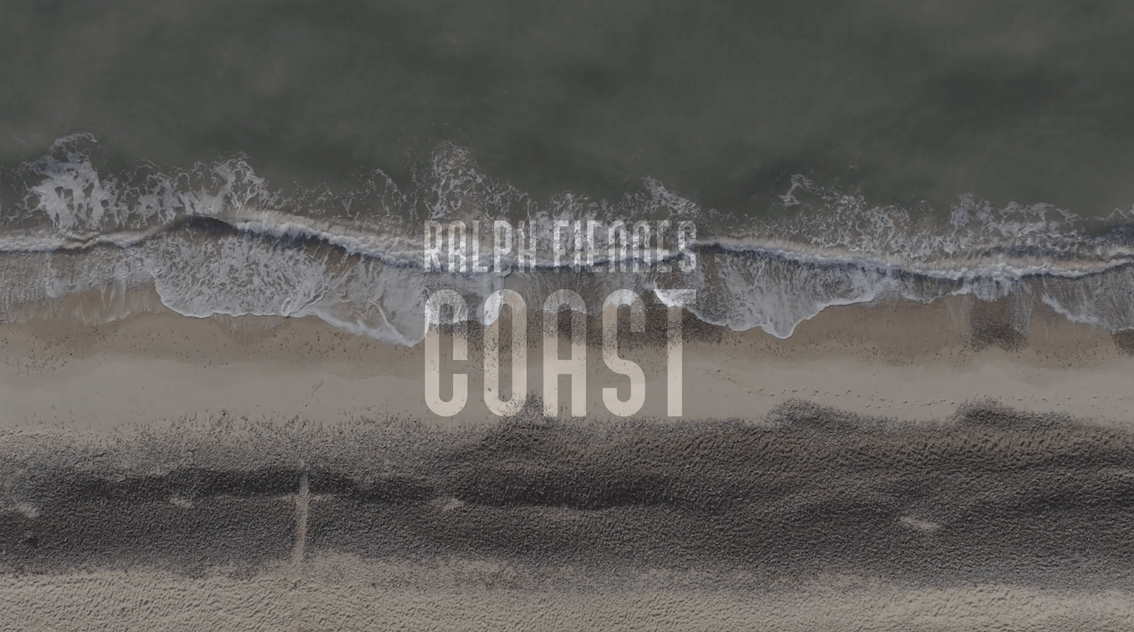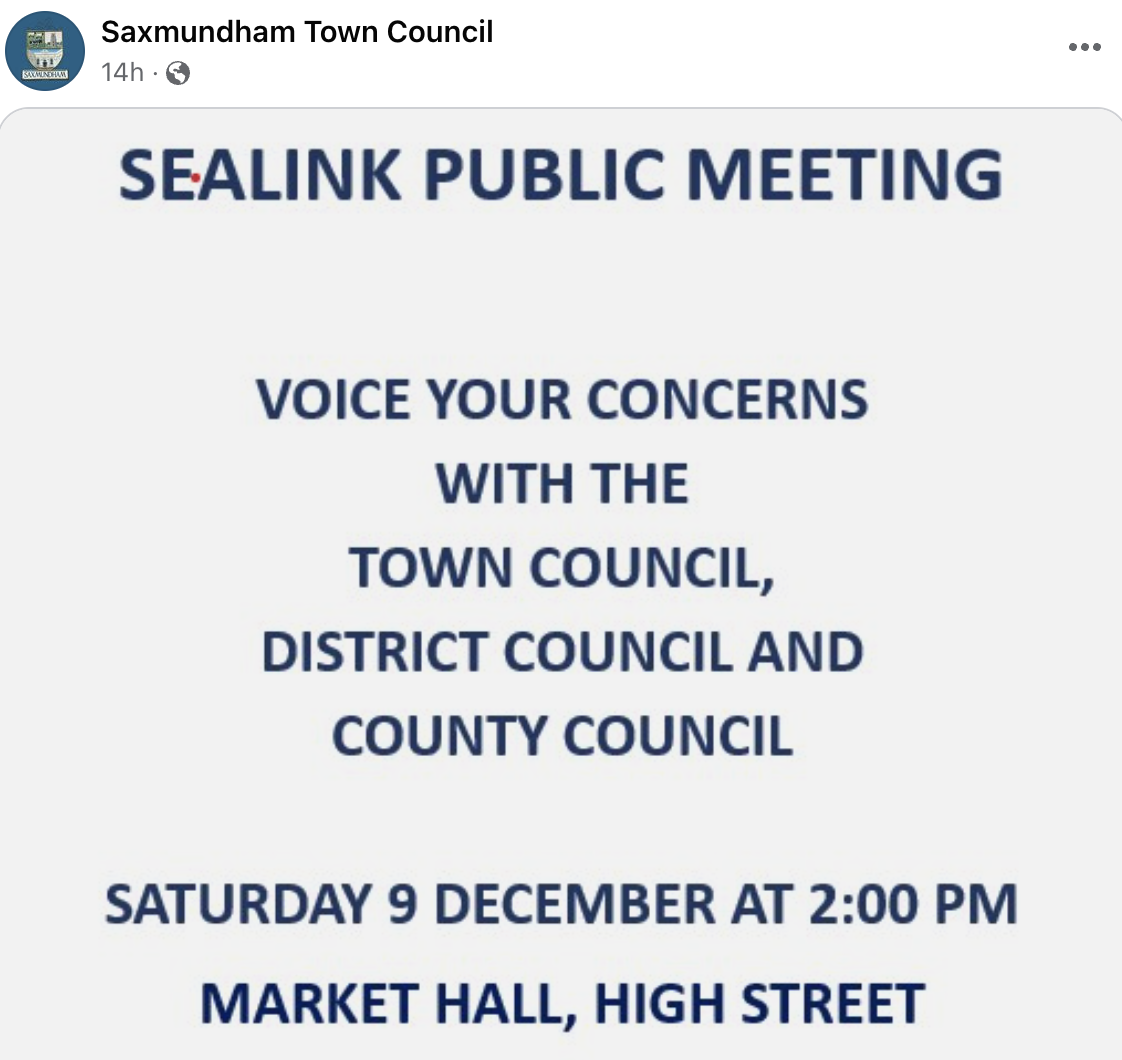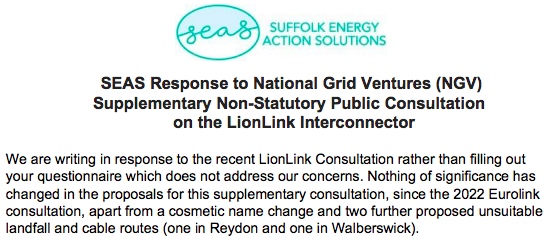ABOUT SEAS
Suffolk Energy Action Solutions (SEAS), founded in August 2019, is a community group set up to campaign against the severe adverse impacts of the National Grid and Governments ill-conceived plans of making Friston and Suffolk Coastal into an Energy Hub. SEAS is in favour of offshore wind energy but against the current proposals for the delivery of that wind power to the grid which will have a devastating impact on a unique onshore environment, social health and wellbeing, the local tourist economy and coastal communities. SEAS has promoted for the last three years a smarter solution, using offshore integration and brownfield sites closer to where the power is needed.
THE STORY SO FAR
The launching of the SEA LINK (a subsea transmission cable from coastal Suffolk to Kent) and LION LINK (an Interconnector between coastal Suffolk and Holland) consultation process by National Grid combined with the Nautilus Interconnector and ScottishPower Renewables offshore windfarms East Anglia One North and East Anglia Two further reveals the hard evidence and leaves no doubt that Suffolk Coast and Heaths is threatened by an onslaught of energy infrastructure projects.
NEEDLESS DESTRUCTION
Current outdated plans would create one or two onshore Energy Superhubs within the coastal area and severely affect communities along the precious Heritage Coast from Southwold, Walberswick, and Dunwich to Thorpeness and Aldeburgh. Halesworth, Yoxford, Saxmundham, Leiston and all the villages between could be impacted during 10 years of construction compounding the traffic issues for the A12 and rural lanes which were never intended for mass industrialisation. Sizewell C will further exacerbate the congestion. Aldeburgh’s main arterial route the A1094 could become a no-go zone for visitors and emergency services may fail to be timely. The cumulative impact of these MULTIPLE PROJECTS would effectively industrialise this area of outstanding natural beauty and decimate the local nature-tourism reliant economy. This is NEEDLESS VANDALISM, given a better alternative is available now.
THE MODERN SOLUTION
An OFFSHORE GRID through the NORTH SEA CORRIDOR would avoid churning up rural areas, AONB, SSSI, SPA and prime farmland to reach multiple onshore substations and negate the outcry over 180 pylons cutting swathes through precious countryside from Norwich in Norfolk through Suffolk to Bramford on to Tilbury through Essex. Building onshore infrastructure at brownfield sites closer to where the power is needed would ensure better solutions for the local tourism economies, local communities and the environment.
Belgium, Germany, Holland and Denmark are already introducing these kinds of integrated offshore grids using offshore platforms and artificial islands for operation by 2030. There is no good reason why the UK cannot do the same. The North Sea Corridor is the modern way forward. Coastal Suffolk is a DEVIATION
A RISING TIDE OF OPPOSITION
There is a rising tide of opposition from across the political spectrum to current short-sighted proposals, MPs have formed ‘OFFSET’ a group to lobby for an offshore grid, have debated in Westminster and are actively seeking an OFFSHORE GRID. Essex and Norfolk community groups are also strongly opposing similar ill-conceived energy projects and the united call is for an OFFSHORE GRID connecting to brownfield sites nearer to where the power is needed.
WHY IS EAST ANGLIA IS BEING THROWN UNDER A BUS?
The harsh reality is that East Anglia is being thrown under a bus by DESNZ and National Grid as they instruct offshore wind farm developers to connect to National Grid Substations (many not even built) on the East Coast to deposit their offshore wind power ignoring the Holistic Network Design criteria being used elsewhere in the UK. This is madness when other North Sea countries are investing in offshore grids and using brownfield or industrialised sites close to where the power is needed.
WHAT CAN YOU DO
There is a better alternative that has already been developed by National Grid and proved deliverable These alternative plans are more cost efficient than the current proposals and require 50% less infrastructure, so is beneficial for the environment: an OFFSHORE GRID through the North Sea Corridor. These National Grid plans from 2015 and 2020 could be updated and implemented quickly. SEAS proposed alternative solution of a Modular Offshore Grid (MOG) can be implemented WITHIN THE SAME TIMESCALE as the current proposed plans, which we now understand have been delayed by two years.
“We destroy plants at our peril. Neither we nor any other animal can survive without them. The time has now come for us to cherish our green inheritance, not to pillage it – for without, we will surely perish.” Sir David Attenborough
Experts calculate that 81% of turtle doves have been lost in the East of England since the 1970s
Campaign With Us
We are asking you to write, to the Secretary of State for the Department of Energy Security and Net Zero (DESNZ), see full details HERE





